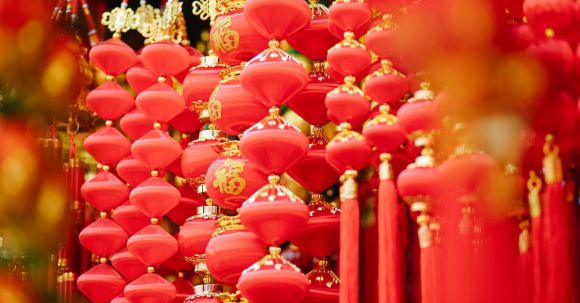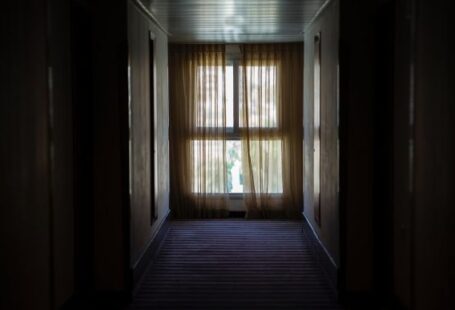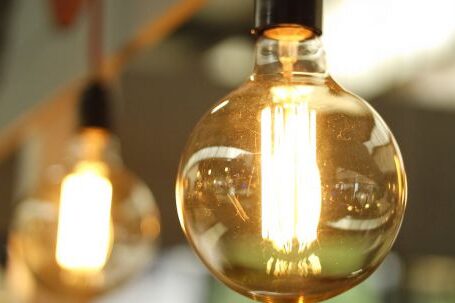The ancient Chinese practice of Feng Shui has long been revered for its ability to create harmony and balance in the environment. When applied to design, Feng Shui can transform a space into a sanctuary of positive energy and well-being. In this article, we will explore the principles of Feng Shui and how to master its art in design.
Creating Flow and Balance
One of the fundamental principles of Feng Shui is the concept of flow and balance. In design, this means arranging furniture and objects in a way that allows for easy movement and promotes a sense of harmony. Avoid clutter and ensure that each item serves a purpose. By organizing the space in a thoughtful and intentional manner, you can create a sense of calm and tranquility.
Color Psychology
Color plays a crucial role in Feng Shui design. Different colors have different energetic properties and can significantly impact the energy of a space. For example, warm colors like red and orange promote energy and passion, while cool colors like blue and green encourage relaxation and tranquility. When incorporating color into your design, consider the function of the space and the emotions you want to evoke.
Natural Elements
Incorporating natural elements into your design is another essential aspect of Feng Shui. Nature has a way of bringing a sense of peace and grounding to a space. Incorporate elements such as plants, natural materials like wood and stone, and natural light to create a connection with the outdoors. These elements not only enhance the aesthetic appeal but also contribute to the overall energy of the space.
The Power of Lighting
Lighting is a powerful tool in Feng Shui design. It can influence the energy flow and mood of a space. Natural light is ideal, as it brings in positive energy and a sense of vitality. When natural light is limited, opt for soft, warm lighting that creates a cozy and inviting atmosphere. Avoid harsh or fluorescent lighting, as it can disrupt the flow of energy and create an unbalanced environment.
Decluttering and Organization
A cluttered and disorganized space can hinder the flow of energy and create a sense of chaos. In Feng Shui design, decluttering and organization are essential. Get rid of items that you no longer need or use and create designated spaces for everything. Use storage solutions to keep items out of sight and maintain a clean and organized environment. This will not only improve the energy of the space but also contribute to a sense of peace and clarity.
Personalization and Intention
Lastly, Feng Shui design is about personalization and intention. Every space is unique, and it is essential to consider the specific needs and desires of the individuals who will be using it. Incorporate personal touches and meaningful objects that bring joy and positive energy. Set intentions for the space, whether it is a calm and peaceful bedroom or an energizing and productive workspace. By infusing your design with personalization and intention, you can create a space that supports your well-being and enhances your daily life.
In conclusion, mastering the art of Feng Shui in design requires a thoughtful approach to flow and balance, color psychology, natural elements, lighting, decluttering, organization, and personalization. By incorporating these principles into your design, you can create a space that promotes positive energy, harmony, and well-being. So, embrace the wisdom of Feng Shui and transform your environment into a sanctuary of balance and tranquility.





